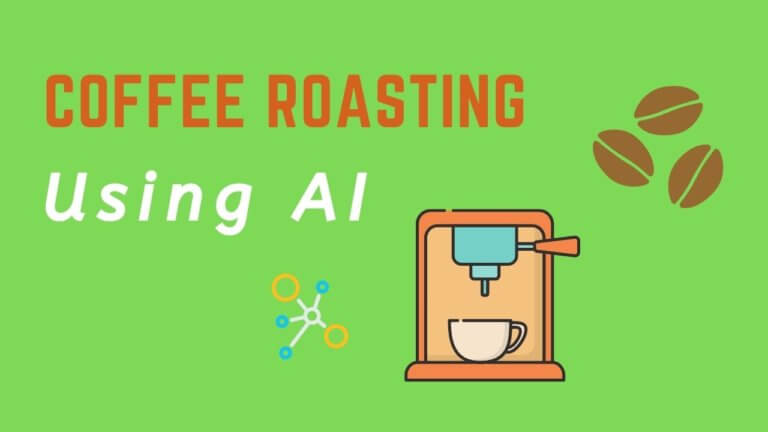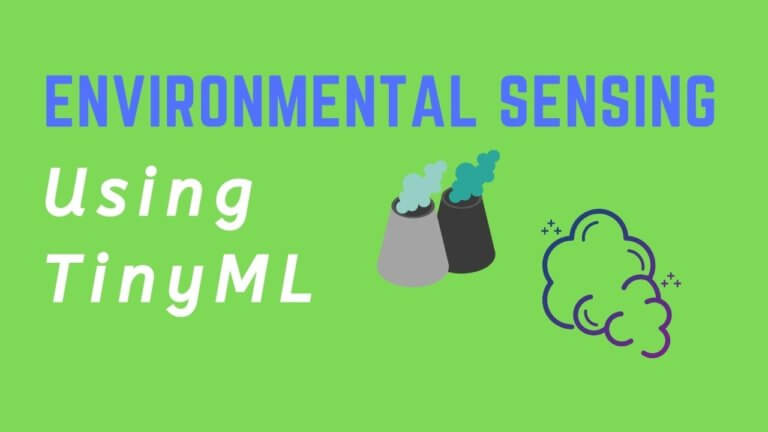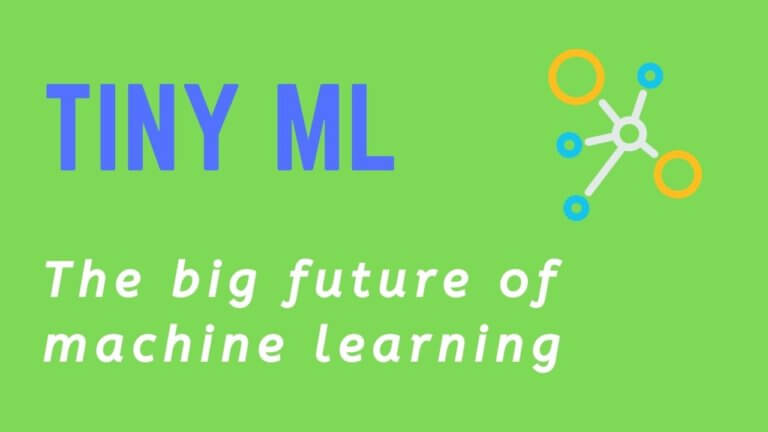Saving The Humble Honey Bee With AI
TinyML is helping to protect honey bees from a vicious, voracious predator.
What did you eat yesterday? Did it include almonds, apples, blueberries, cauliflower, or cabbage?
For those of us who are fortunate to have plentiful access to these foods, we can no longer take them for granted.
And not because of climate change, land shortages, or destructive agricultural practices (although these are problems in themselves), but because of the humble honey bee.
Honey bees assist in over one-third of global food production, according to the University of Pennsylvania, and especially in crops like blueberries, almonds, and apples.
And they’re under threat.
Over recent years, honey bees have been attacked by a vicious predator, one that’s barely visible to the naked eye—the Varroa mite.
This mite is a deadly parasite that’s been causing havoc to bee colonies around the world, firstly by weakening individual bees and then by infesting whole hives.
In Australia, however, the Varroa mite is yet to get a stronghold—Australia is the last remaining inhabited continent that’s free of this vicious mite.
But Varroa has already infested two of Australia’s nearest neighbors—New Zealand and Papua New Guinea—so Australian beekeepers are desperate to keep it at bay.
Fortunately, artificial intelligence (AI) is coming to the rescue.
And not just any AI, but tinyML.
TinyML can help solve huge problems
TinyML is an emerging area of AI that packs the immense power of machine learning and deep learning into a tiny form factor.
This makes it ideal for resource-constrained applications where size, power, and connectivity really matter—and there are many such applications.
TinyML works by shrinking pre-trained (large) machine learning models using techniques such as pruning (removing unwanted network nodes) and quantization (converting floating-point numbers to integers).
These pre-trained models are then used for inference (predictions or classifications) in a tinyML deployment, which requires less computing power than for training.
The models are implemented on microcontrollers using specialized coding platforms like Tensorflow Lite.
Microcontrollers are compact, purpose-specific integrated circuits that are the workhorse of the internet-of-things (IoT) revolution.
Until recently, these microcontrollers had a limited range of capabilities due to their resource constraints. Thanks to tinyML, however, these ‘tiny machines’ have started to become ‘smart’.
The last frontier of Varroa-free honey bees
In Australia, to help ward off the Varroa mite, individual beekeepers have been monitoring their hives closely.
In addition, specially designated hives have been placed at ports and other points of entry around Australia, and are routinely visited by quarantine inspectors.
This approach has been working—so far.
But it may only be a matter of time before Varroa gets a foothold in Australia, and there have already been near-breaches.
In 2018, for instance, a US container ship arrived in Australia with Varroa-infested bees on board. Fortunately, Australian authorities managed to identify and contain the threat on that occasion.
And while the monitoring process has been working to date, it’s “painstakingly manual”, according to Adam McNamara of Bega Cheese, a large Australian dairy producer that’s recently entered the honey business.
What’s more, even a short period of undetected Varroa exposure can be a problem. Aris Petratos of the Victorian Apiarists’ Association suggests, “if it is there for a month or a week or two weeks, it may already be too late”.
The Australian agricultural industry is therefore keen to find better solutions for monitoring Varroa, and they’ve turned to cutting-edge technology for answers.
How tinyML is helping honey bees
Partnering with innovative Australian tech companies, Xailient and Vimana Tech, Bega has launched the Purple Hive Project to help improve Varroa mite monitoring in Australia.
Purple Hive is aiming to build a network of hives around Australia that can automatically detect Varroa mites. This would make Varroa monitoring much easier, more scalable, and cost-effective.
But automatically detecting Varroa mites is a daunting task—the mites are very small, and dozens of bees can move in and out of a hive at a time. “It’s quite difficult to do, it’s like looking for a needle in a haystack”, reflects Shivy Yohanandan, co-founder of Xailient.
Many hives are also in remote locations with limited access to power or communications. Any detection device would need to work within tight resource constraints, and to a high degree of reliability.
But Xailient specializes in computer vision algorithms that are extremely efficient, making an effective, resource-constrained solution possible.
Using their innovative AI capabilities, Xailient and Vimana Tech have developed a tinyML implementation that meets all the challenges of detecting Varroa mites automatically and within resource constraints.
It works like this:
- A special 3D-printed hive—a Purple Hive—is fitted with cameras and AI technology
- The entrance to the hive has 360-degree cameras that capture an image of every bee that enters
- An AI algorithm then helps to identify if any of the entering bees are carrying the Varroa mite
- If a Varroa mite is detected, real-time alerts are sent out, along with an image of the infected bee
Being a tinyML solution, the AI algorithms and associated hardware used in Purple Hives are highly efficient, use low power, and have limited connectivity requirements—well-suited for deployment across widespread and remote areas.
What’s more, the Purple Hives entrance device, the unit that actually contains the mite-detecting technology, is solar-powered and can be fitted to existing hives—this makes it portable and easy to roll out across existing hive networks.
Offering honey bees a fighting chance
Australia has been fortunate in avoiding the havoc wreaked by Varroa mites on its honey bees, but this fortune may not last much longer.
By turning to innovative technology solutions, projects like Purple Hive will offer a fighting chance to stay ahead of the vicious Varroa predator.
And the tinyML that’s at the heart of Purple Hive shows just how useful resource-constrained implementations can be—in a world where resource-hungry technology abounds, there are countless situations where efficient, focused and low-resource solutions are exactly what’s required.
This is the promise of tinyML.
In summary
- Honey bees play an important role in world food production, and crops like blueberries, almonds, and apples, are especially dependent on them
- Honey bees have been under attack, however, from a vicious predator—the Varroa mite—that can decimate bee colonies within a matter of weeks
- Australia is the last remaining inhabited continent that’s free from Varroa mites, and there’s a keen interest to keep it that way through organized monitoring efforts
- But monitoring for Varroa mites is a labor-intensive and difficult process, so more effective approaches are being sought
- Using cutting-edge technology and tinyML solutions, Australian firms Bega, Xailient, and Vimana Tech are leading the charge in automating the monitoring of Varroa mites, making it easier, more scalable, and cost-effective
- Xailient has used its specialized computer vision algorithms and tinyML expertise to develop an effective implementation for Varroa-detection under tight resource-constraints





